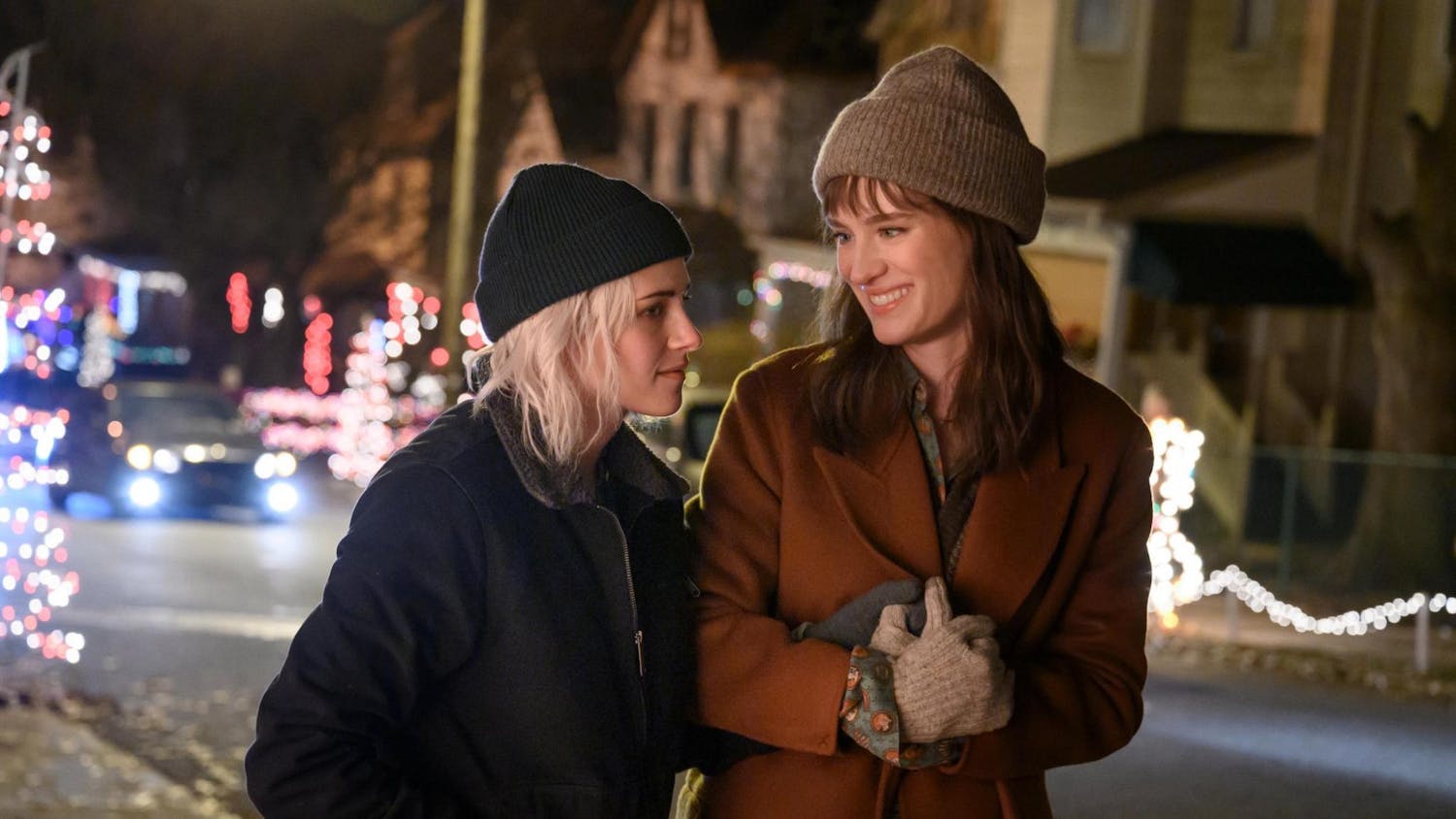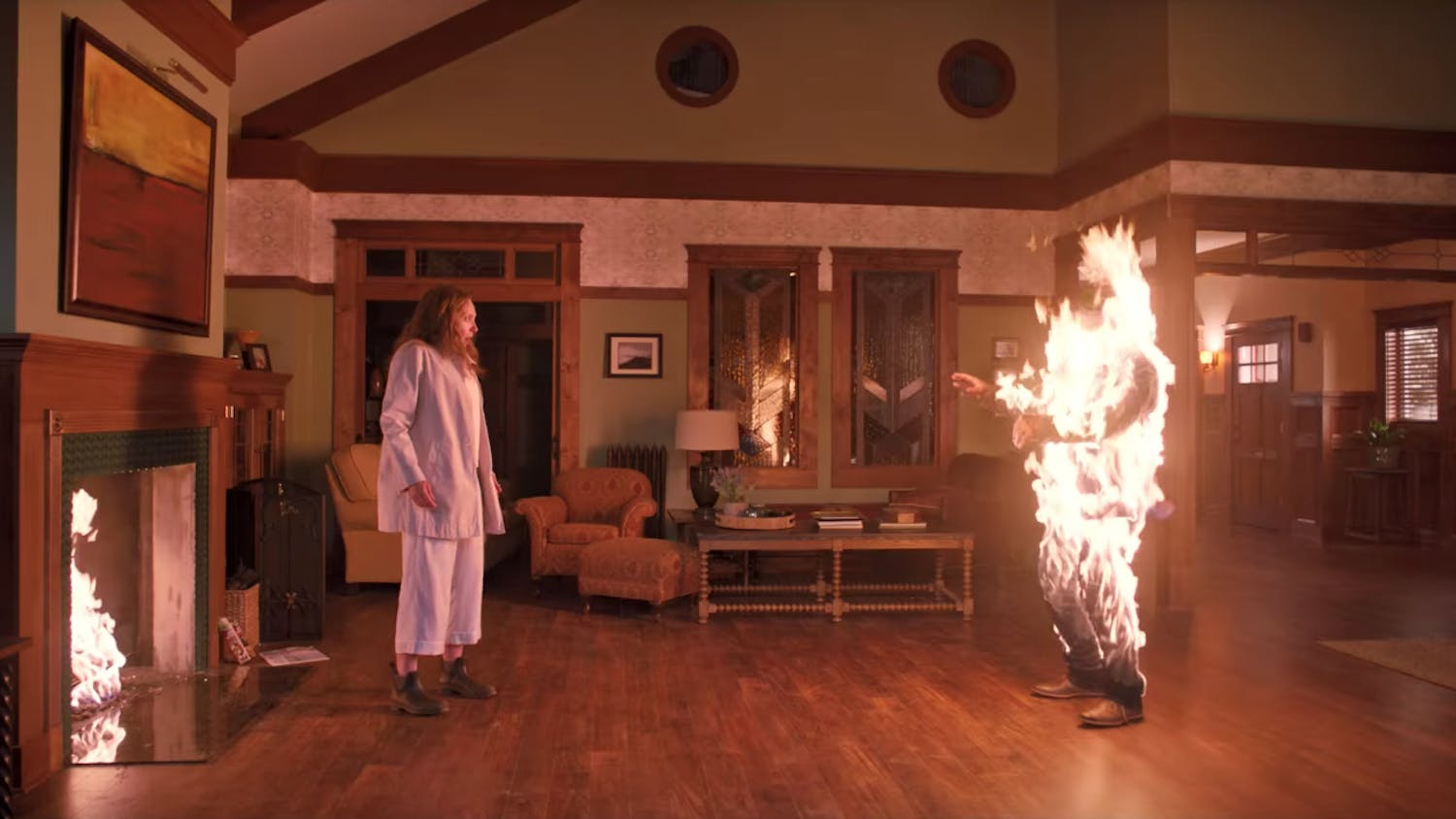Human beings are notorious for their careless cruelty to each other—it’s what we’re good at. Being callous and exercising selfishness come easily to many. Is it any wonder that murder is still rampant in the world? We’ve educated ourselves and become the most advanced humanity’s ever been in every facet of technology, and yet we still kill. In many ways we’re still no different than the cavemen who came before us, bludgeoning each other with clubs. We do it with more finesse and sophistication now, but we still have the same blatant lack of respect for human life.
Murder is then the greatest insult to a life. But as terrible as it may be, we still have an affinity for it. If perhaps not for bloodying our hands ourselves, for observing it. We experience it secondhand whether through fictional or nonfictional sources. We flock to the news of death just as readily as we do to blockbusters and best sellers of a bloody rampage. Murder in all its infinite forms is of endless fascination to us. Premeditated or a crime of passion, careless hit-and-run or a carefully stalked execution. There are endless new ways to kill and be killed. Maybe the seed of violence that lies dormant inside most humans gains some passive satisfaction from spying on murder, or perhaps some selfish evolutionary gene gives us relief for having lived when others die. Either way, murder sells, entertains and defines who we are and how we’ll be remembered in the stories we leave behind long after we’re gone.
Murder is hard enough to comprehend at the hands of adults, but when we’re faced with the prospect of children that kill repeatedly, we lose the little façade of control and rationality that we prescribe onto the world. Gitta Sereny’s “Cries Unheard: Why Children Kill: The Story of Mary Bell” is an account from Bell herself, who, at the age of 11, was convicted of killing two young boys. At the age of 38, she tells the story of her upbringing and what drove her to take the lives of two children. Compassion does not come easily to us, despite what we may like to think otherwise. It is even more difficult to feel some sense of pity for those that have done nothing to deserve it. And yet, a reluctant pity will stir some small part of us when reading the account of a sixth grader who consciously makes the decision to take two lives. How much of that account is fabricated to deliberately incite said sympathy and compassion, I’ll leave that up to you to decide.
One of the highest functioning psychopaths ever to have been caught, Ted Bundy, is the go-to American household name for serial killers. And while Ann Rule may fall short of being a highly talented and original writer, her fortune of being friends with the charming Bundy while they worked at a suicide hotline together was exhibited in her novel, “The Stranger Beside Me.” The repetitiveness and milieu of clichés in Rule’s writing can be overlooked for the thrill of looking inside the ordinary workings and life of a high-functioning psychopathic serial killer. Living normally among all who knew him, Bundy was the classic All- American male that society was programmed to fawn over. The golden boy had many varied interests, and he utilized them all to achieve every heinous thing his heart desired.
Wisconsin might have harbored Jeffrey Dahmer, but Minnesota isn’t too far behind in its slew of horrific killings either. What perhaps makes Barry Siegel’s “A Death in White Bear Lake: The True Chronicle of an All-American Town” stand out is the little fact that the supposed murderer of a little boy lived out the rest of her life normally, out of prison in her perfect little town. The helplessness which “Cries Unheard” creates within us at the thought of child killers is replaced with frustration in “A Death in White Bear Lake” at a system that took far too long to develop into one that protected children’s rights. The Jurgens adopted a boy in the ’60s who they abused and killed, while authorities and neighbors looked the other way so as not to interfere with a family matter.
Murder shocks and appalls, and yet is a source of endless fascination. Perhaps because such stories highlight the fact that those that murder, those that have within them the ability to end a life, are always around us. We know them, we live with them and we sometimes even love them. We walk right past them every single day. And we never know. Monsters always look like ordinary people. To quote Bundy himself, “We serial killers are are your sons, we are your husbands, we are everywhere.”





